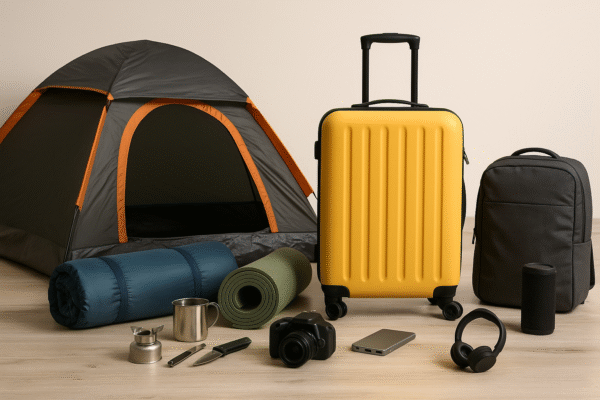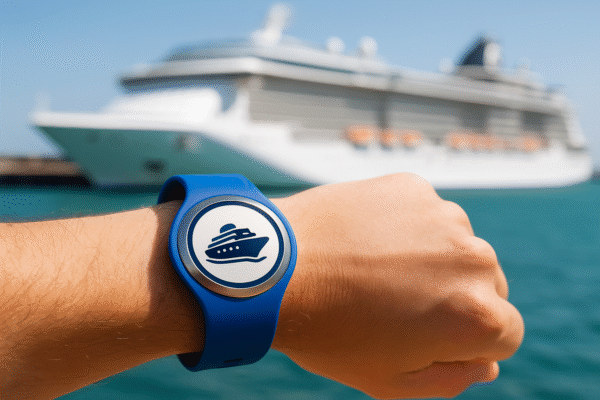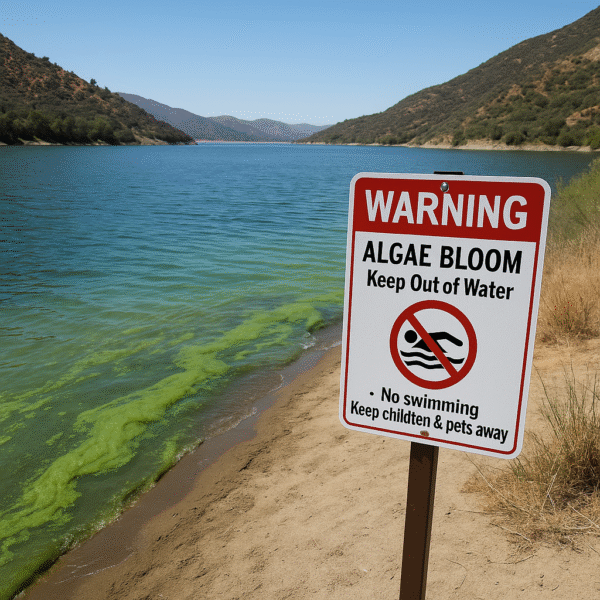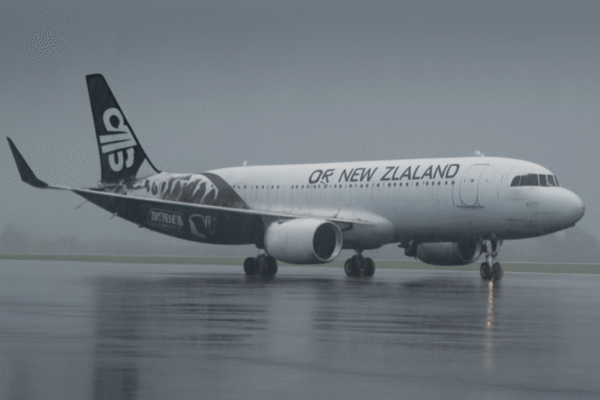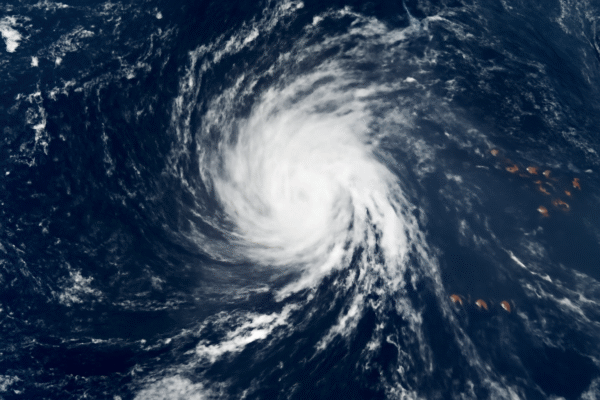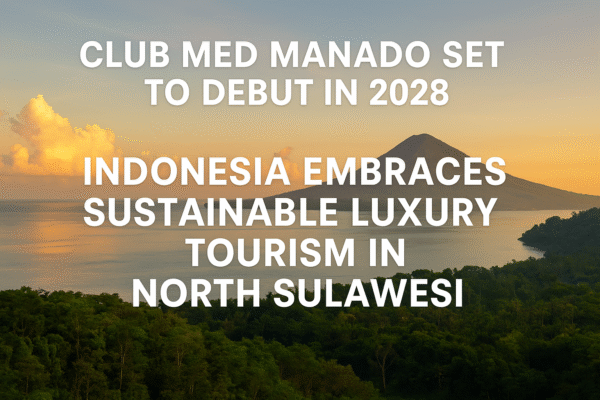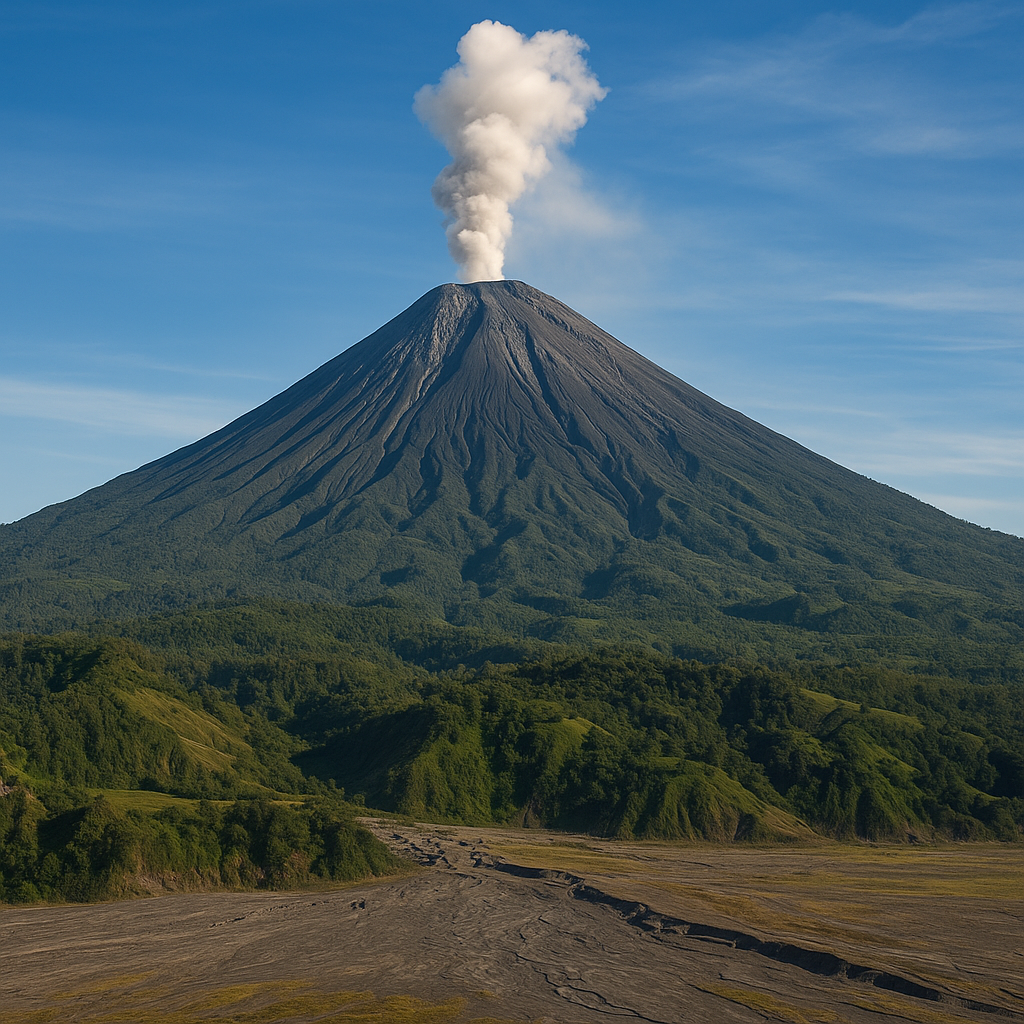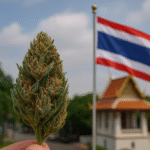The eruption of Mount Semeru, Indonesia’s tallest volcano located in East Java, has caused significant travel disruptions and claimed dozens of lives, underscoring the volatile risks associated with tourism in active volcanic zones. As of Monday, the death toll has risen to 22, with 27 people still missing, according to Indonesia’s National Disaster Mitigation Agency (BNPB). The continuing activity of the volcano has prompted widespread concern for both local communities and international travelers.
Mount Semeru, also known as Mahameru, erupted again shortly after its initial explosion, releasing fresh plumes of volcanic ash into the atmosphere and threatening surrounding regions. According to the Centre for Volcanology and Geological Hazard Mitigation (PVMBG), the seismic activity around the volcano remains high, and additional eruptions are possible.
A Persistent Threat to Tourism in Java
Indonesia, part of the Pacific Ring of Fire, is home to over 120 active volcanoes, making it one of the world’s most geologically dynamic nations. Mount Semeru, standing at 3,676 meters, is among the most active. Its picturesque trails and panoramic summit views have long attracted thrill-seeking trekkers and adventure tourists. However, this beauty comes with undeniable risk.
“Semeru is one of the most active volcanoes in Indonesia. Before and after the December 4 eruption, it will continue to be active,” said Mr. Liswanto, Head of the Semeru Volcano Observatory.
The region’s increasing seismic volatility has forced both domestic and international travelers to reconsider plans, with tourism operations in nearby towns like Lumajang and Malang suspended due to safety concerns.
Immediate Travel and Tourism Impact
The Semeru eruption has not only disrupted local life but also crippled tourism infrastructure across East Java. Lodges, guesthouses, and local tour agencies have temporarily shut down, and popular hiking trails leading up to the crater have been declared off-limits by Indonesian authorities. Emergency exclusion zones have been enforced, barring access to within 5 kilometers of the crater.
Volcanic ash has blanketed entire villages, severely impacting visibility and air quality, while air travel to and from nearby Surabaya’s Juanda International Airport has been affected intermittently due to ash clouds and flight rerouting.
Travel agencies are advising tourists to avoid the region entirely until further notice. Visitors already in East Java have been instructed to follow official guidance, and many are evacuating or altering their itineraries to avoid risk zones.
Search and Rescue Complications
Search and rescue operations are ongoing, but adverse weather conditions and continuous volcanic tremors have made the mission increasingly challenging. According to Basarnas, the Indonesian national rescue agency, ash fall and unstable terrain are severely hampering access to buried homes and missing persons.
“The main obstacle is the weather. Hopefully, the weather going forward will be good enough to make it easier for us to search,” said Basarnas Operations Director, Wuryanto.
Emergency shelters have been set up in surrounding areas, but access to clean water, electricity, and medical supplies remains limited in several villages affected by pyroclastic flows and ash fall.
The Role of Social Media in Search Efforts
In the aftermath of the eruption, social media has emerged as a powerful tool for disaster response. Families and friends of those missing have turned to platforms like Facebook and Instagram to share images and plea for help locating loved ones.
These real-time posts have aided emergency services in narrowing search zones and identifying survivors, demonstrating the evolving role of digital platforms in crisis communication. While government alerts and traditional media remain central to disaster updates, social media has enabled faster, more personal channels of information exchange.
Volcanic Tourism: Risks and Considerations
Indonesia’s allure for eco-tourism and adventure travel is undeniable. However, the Mount Semeru eruption highlights the hidden dangers of exploring high-risk volcanic areas. Sudden eruptions, toxic gas releases, landslides, and lava flows can all occur with little warning, leaving unprepared travelers in peril.
Experts urge tourists planning to visit volcanic areas to:
- Monitor official travel advisories and seismic updates from Indonesia’s Meteorology, Climatology, and Geophysical Agency (BMKG).
- Purchase travel insurance that covers natural disasters and emergency evacuations.
- Keep emergency kits and evacuation plans ready when exploring high-altitude or geologically active terrain.
- Respect closure notices and hazard zone demarcations, even if local tour operators offer services beyond the limits.
Emergency Preparedness for Visitors
Tourists in disaster-prone destinations must understand local emergency protocols. Knowing nearest evacuation routes, shelter locations, and local emergency contacts is essential. Visitors should also register their travel details with their country’s embassy or consulate when visiting high-risk areas like East Java.
For those considering travel to Indonesia in the near future, destinations away from volcanic regions—such as Bali, Yogyakarta, or the Riau Islands—currently offer safer alternatives for tourism without the imminent threat of natural disaster.
Economic and Community Impact
The Semeru eruption has once again tested Indonesia’s resilience. While the human toll is tragic, the economic impact on tourism-dependent communities is equally stark. Thousands of livelihoods in East Java rely on tourism, from mountain guides to hospitality workers.
Recovery efforts will likely focus on both humanitarian aid and restoring tourism infrastructure. The Indonesian government, alongside tourism stakeholders, is expected to roll out post-disaster rehabilitation plans, with long-term strategies that may include enhanced safety education, stronger early warning systems, and more regulated access to volcanic sites.
Conclusion: Caution Is Crucial for Volcanic Tourism
The Mount Semeru eruption is a sobering reminder of the risks that come with adventure travel in geologically active regions. As East Java grapples with recovery and rescue, tourists must prioritize safety over thrill, staying updated through official channels and avoiding affected areas until conditions stabilize.
Indonesia remains a country of immense natural beauty and cultural richness. However, when nature reveals its raw power, caution, preparedness, and respect for the land must guide every traveler’s journey.
For more travel news like this, keep reading Global Travel Wire

